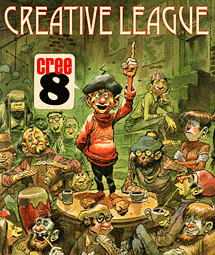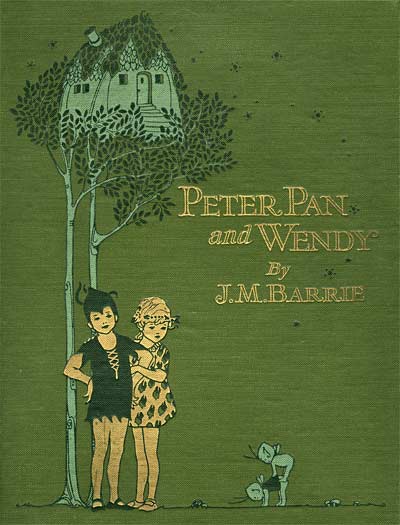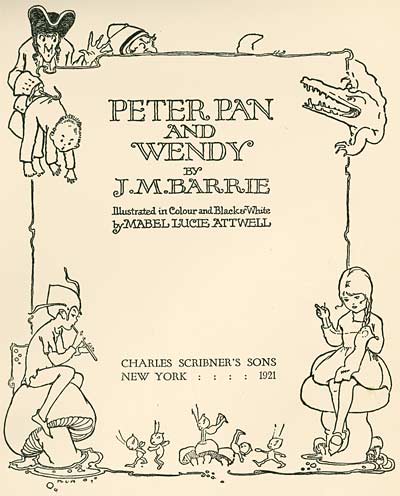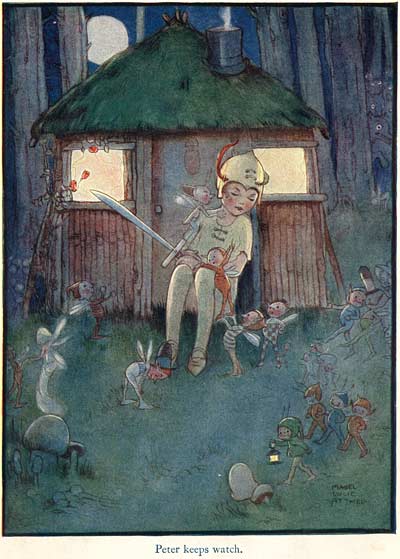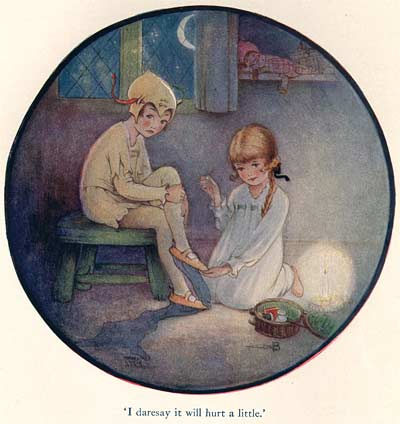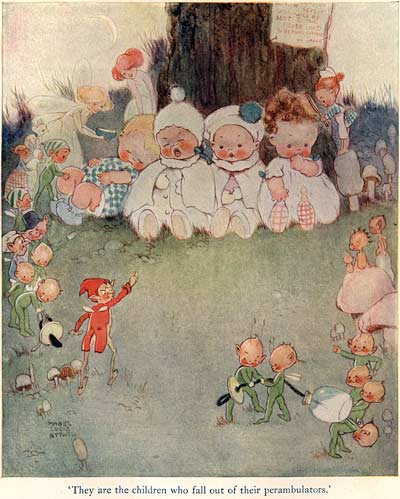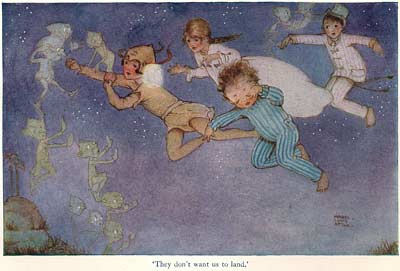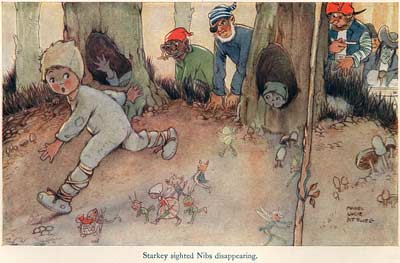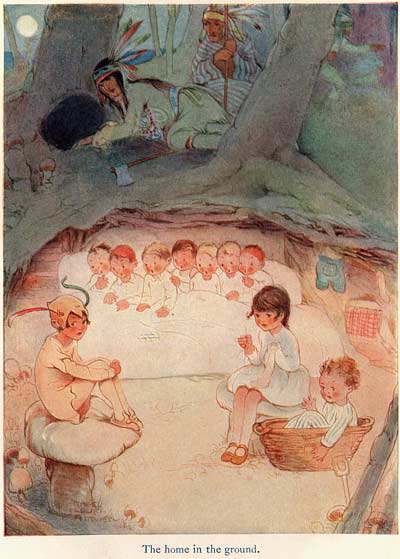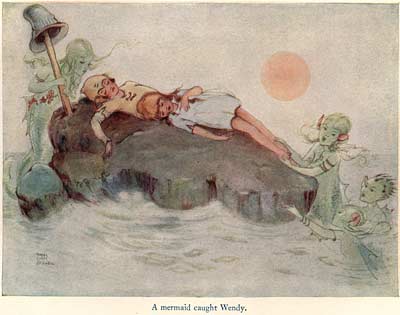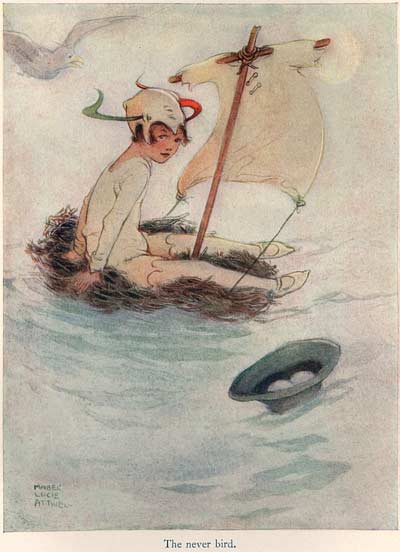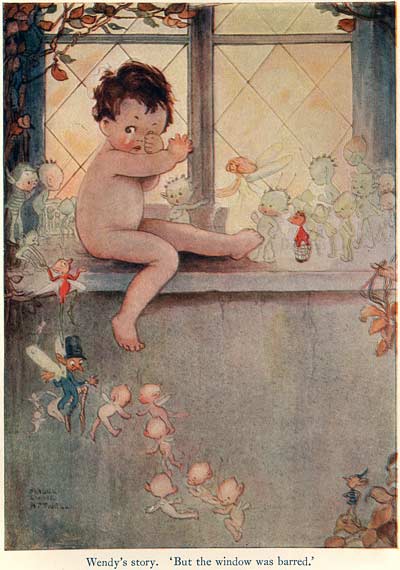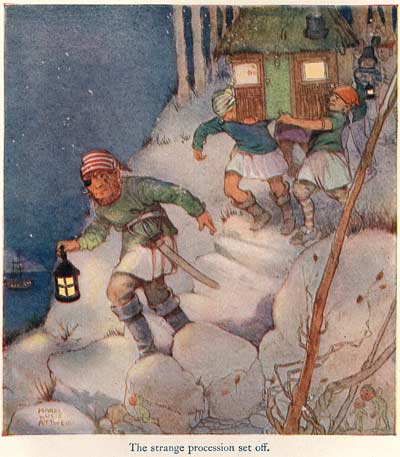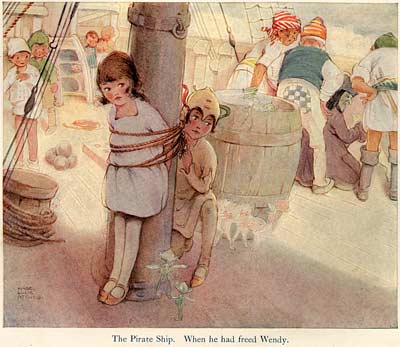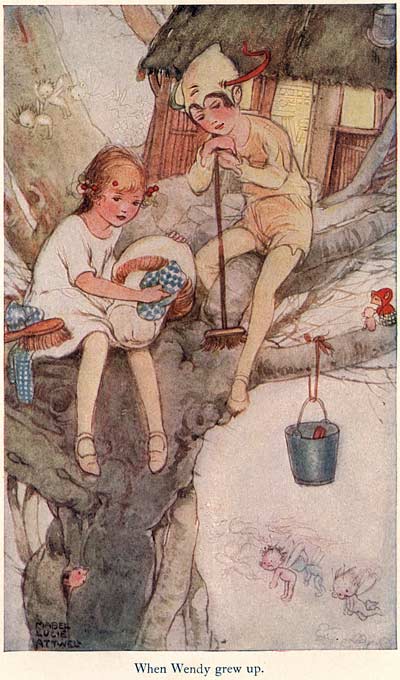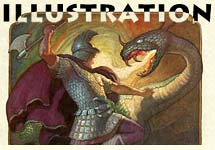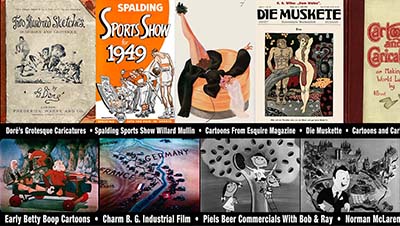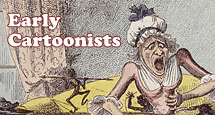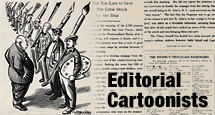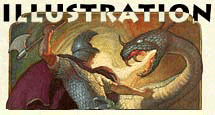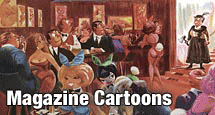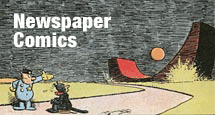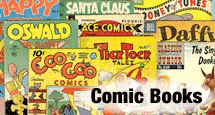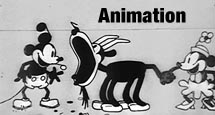People who aren’t members of Animation Resources don’t understand how comprehensive our Reference Packs are. Over a couple of weeks, we are posting what each section of our current RefPack looks like. Today we are sharing the Early Anime section. If you are a member of Animation Resources, click on this post to go to the Members Only page. If you aren’t a member yet, today is the perfect time to join! Our current Reference Pack is one of our best yet, and General and Student Members get access to a special Bonus Archive with even more material from past Reference Packs.
What are you waiting for?

JOIN TODAY!
https://animationresources.org/membership/levels/
MEMBERS LOGIN To Download
JOIN TODAY To Access Members Only Content
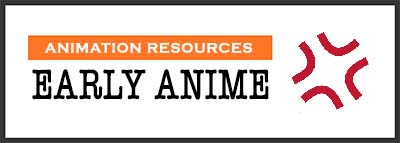
Lately, Animation Resources board member JoJo Baptista has been researching the early history of Japanese animation. He has searched out video copies of 1960s anime to add to our Animation Archive. Over the past year, he has accumulated hundreds of hours of rare television programs. We will be will be sharing some of them with you in our Reference Packs. Our members have asked us to share complete films and publications with them, not excerpts, so we will be sharing complete half hour episodes with you. We don’t claim that everything here is great. But there are great bits. You can sift through them and discover the gems for yourself.
SD VIDEO:
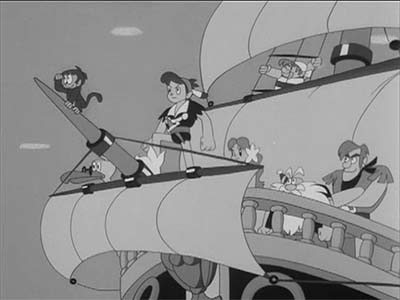
Pirate Prince

Curated by JoJo Baptista

Ep.01 (1966) / Ep.14 (1966)
Download this article
Kaizoku Ouji, or Pirate Prince, was a comedy adventure series created by Shotaro Ishinomori (Cyborg 009, Sabu and Ichi Detective Stories) and produced by Toei Animation. It ran from May 2nd, 1966 to November 28th, 1966.
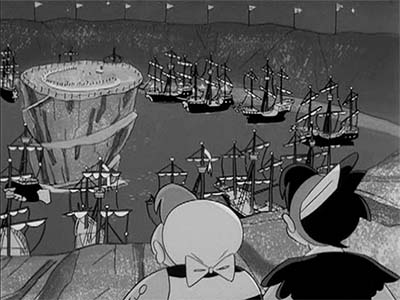
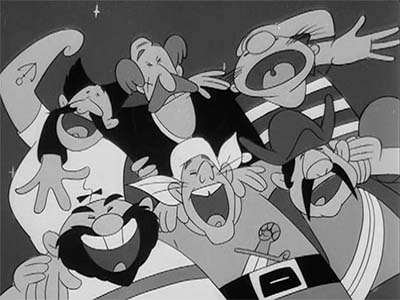
The series follows the adventures of the pirate prince, Kid. At his father’s deathbed, Kid learns that he is actually the son of the Pirate King, Captain Morgan. However after searching for Captain Morgan, he discovers Captain Morgan has passed on. This creates a conflict across the pirates around the world, who fight for the title of pirate king.
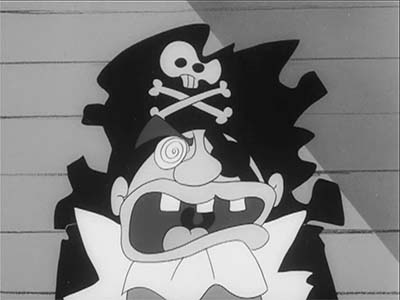
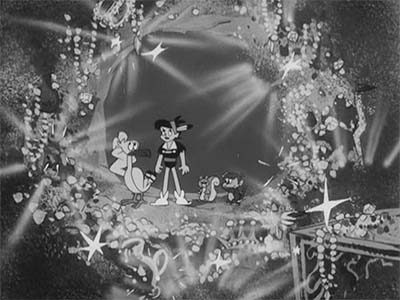
Among these pirates is Tiger Hook, who serves as the main antagonist for the series. Kid sails the seven seas on his ship, The Hurriance, along with several sidekicks.
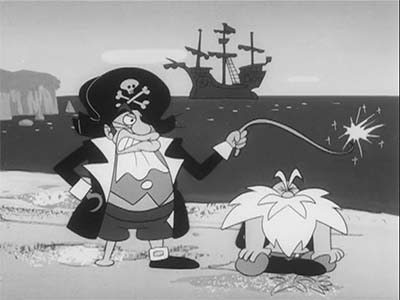
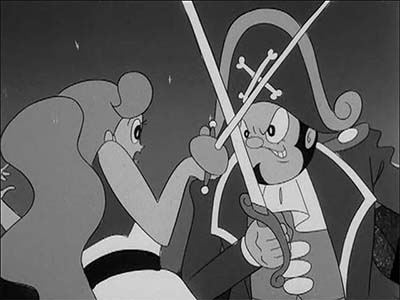
In episode 14 Tiger Hook, traps several pirate ships in a colosseum and throws a tournament among the pirates. There’s a musical bit with funny poses sprinkled in. While the tournament is held, Kid and his crew find a way to regain control of their ship and create an escape from the colosseum.
I’ll have more early Japanese TV series to share with you in our next Reference Pack.
REFPACK047: Pirate Prince ep01

MP4 Video File / SD / 25:15 / 280 MB Download
REFPACK047: Pirate Prince ep14

MP4 Video File / SD / 25:15 / 394 MB Download
MEMBERS LOGIN To Download
JOIN TODAY To Access Members Only Content
Animation Resources is one of the best kept secrets in the world of cartooning. Every month, we sponsor a program of interest to artists, and every other month, we share a book and up to an hour of rare animation with our members. If you are a creative person interested in the fields of animation, cartooning or illustration, you should be a member of Animation Resources!
It’s easy to join Animation Resources. Just click on this link and you can sign up right now online…
JOIN TODAY!
https://animationresources.org/membership/levels/

 Animation Resources depends on your contributions to support its projects. Even if you can’t afford to join our group right now, please click the button below to donate whatever you can afford using PayPal.
Animation Resources depends on your contributions to support its projects. Even if you can’t afford to join our group right now, please click the button below to donate whatever you can afford using PayPal.









 by
by 
Posted by Stephen Worth @ 11:24 am
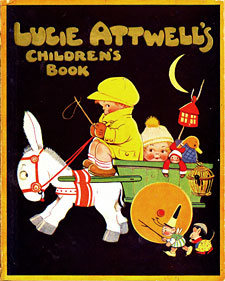
![]() There often seems to be a disconnect between the illustrators Walt Disney hired to do inspirational artwork for his films and the designs he actually ended up using. On Snow White, Disney hired the amazing painter, Gustaf Tenggren; but his instructions to him were to paint in the style of Arthur Rackham. For Peter Pan, he hired the illustrator David Hall, but the film itself doesn’t resemble his work at all. Instead, it’s actually closer to being a "Disneyfication" of Mabel Lucie Attwell’s illustrations for the 1921 edition of J. M. Barrie’s Peter Pan & Wendy.
There often seems to be a disconnect between the illustrators Walt Disney hired to do inspirational artwork for his films and the designs he actually ended up using. On Snow White, Disney hired the amazing painter, Gustaf Tenggren; but his instructions to him were to paint in the style of Arthur Rackham. For Peter Pan, he hired the illustrator David Hall, but the film itself doesn’t resemble his work at all. Instead, it’s actually closer to being a "Disneyfication" of Mabel Lucie Attwell’s illustrations for the 1921 edition of J. M. Barrie’s Peter Pan & Wendy.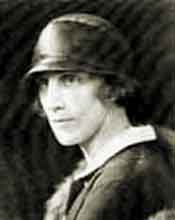
![]() Attwell was born in 1879 and received some education at the Regent School of Art and Heatherley’s School of Art in London, but she grew bored with her academic studies and dropped out to focus on her own interests… painting cherubic children and fairies. Her work wasn’t very warmly received at first by galleries and agents, but when her first batch of paintings sold out in three days, they became much more enthusiastic. Attwell illustrated greeting cards and children’s books, the most famous of which we are featuring today, Peter Pan & Wendy.
Attwell was born in 1879 and received some education at the Regent School of Art and Heatherley’s School of Art in London, but she grew bored with her academic studies and dropped out to focus on her own interests… painting cherubic children and fairies. Her work wasn’t very warmly received at first by galleries and agents, but when her first batch of paintings sold out in three days, they became much more enthusiastic. Attwell illustrated greeting cards and children’s books, the most famous of which we are featuring today, Peter Pan & Wendy.




